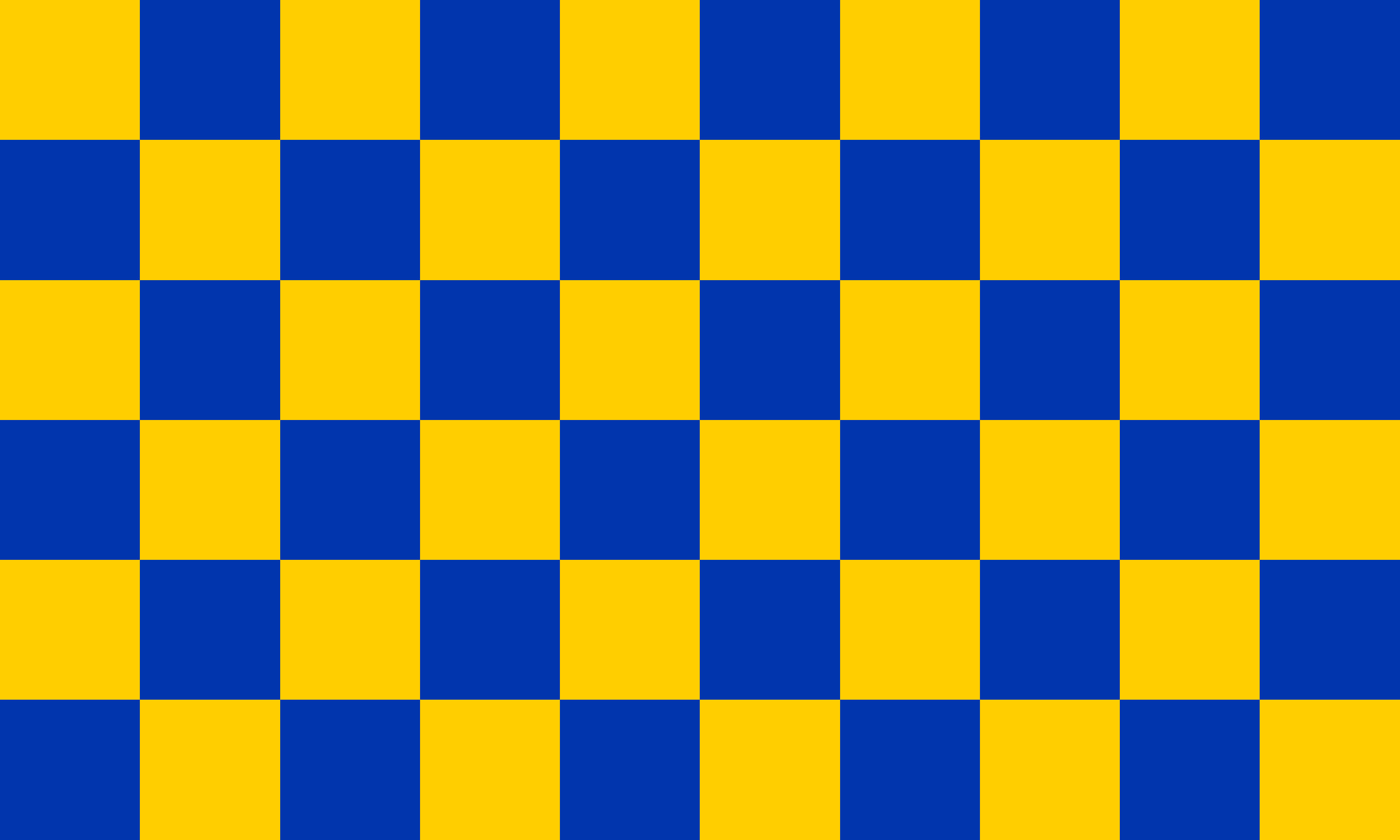Surrey is a relatively small county but heavily populated; in parts urban, suburban and rural.
The north-east of Surrey lies within the relentless Metropolitan conurbation. In this area are numerous contiguous towns varying socially from the wealthy and exclusive to the more ordinary city neighbourhoods. In this area are Southwark, opposite the City of London, home of a Cathedral and of much of the broadcast media; Lambeth, home of the Archbishop of Canterbury; Brixton; Wandsworth; and the wealthy towns of Richmond upon Thames and Kingston upon Thames. Richmond Palace, now demolished, was a favourite home of the Tudor monarchs, while Kingston has an older royal claim as the coronation place of several Anglo-Saxon kings. Even in this area there are broad expanses of breathing-space: Richmond Park and Wimbledon Common the largest, and several local commons and parks.
Outside the Metropolis are towns which are themselves often largely commuter towns. Surrey’s commuter suburbs have become the essence of our understanding of “Suburbia”.
In the very south of Surrey is Gatwick Airport, a gateway to London, and the consequent swathe of motorway corridor cutting through the farmland to meet the M25. The M25, the London Orbital, is itself an unavoidable feature of the Surrey landscape, with the motorway and all the junctions, slip roads and related equipment slicing through and reshaping the outer suburbs.
Further from London the villages become smaller and very pleasant. The North Downs, a range of fine chalk hills and downland, stretch across Surrey from Guildford into Kent. The Downs are a mixture of chalk, meadow and dense woodland. Box Hill provides a fine viewpoint over its sudden southern scarp slope. Further hills lie to the south, beautifully wooded in places. The highest point is Leith Hill, at 965 feet but with a manmade tower added to take it up to above 1,000 feet.
The brooks that run in the denes between the hills of Surrey have numerous beautiful villages along them. The major rivers of Surrey are the Thames, which forms its whole northern boundary, the Mole and the Wey. The Mole cuts through the Downs under Box Hill in a beautiful wooded valley. The Wey, further west, has several towns on its banks, including Guildford, the county town. Guildford is a large market town with an attractive high street. Guildford is built in a notch in the hills where the Wey breaks through, and the roads of the county try to force the same gap. On either side the town climbs the slopes, precipitously on occasion. Some miles west, linked to Guildford by the Hog’s Back ridge, is Farnham, a town with well-kept Tudor and Georgian buildings and a twelfth century castle once belonging to the Bishops of Winchester.
County Facts
County Town: Guildford
Main Towns: Battersea, Brixton, Clapham, Croydon, Epsom, Farnham, Gatwick, Guildford, Haselmere, Kington-upon-Thames, Leatherhead, Richmond, Southwark, Wandsworth, Wimbledon, Woking.
Main Rivers: Mole, Wey, Thames, Eden.
Highlights: Richmond Park; Kew Gardens; North Downs; Runnymede; Thorpe Park.
Highest Point: Leith Hill, 965 feet.
Area: 758 sq miles
County Flower: Cowslip



